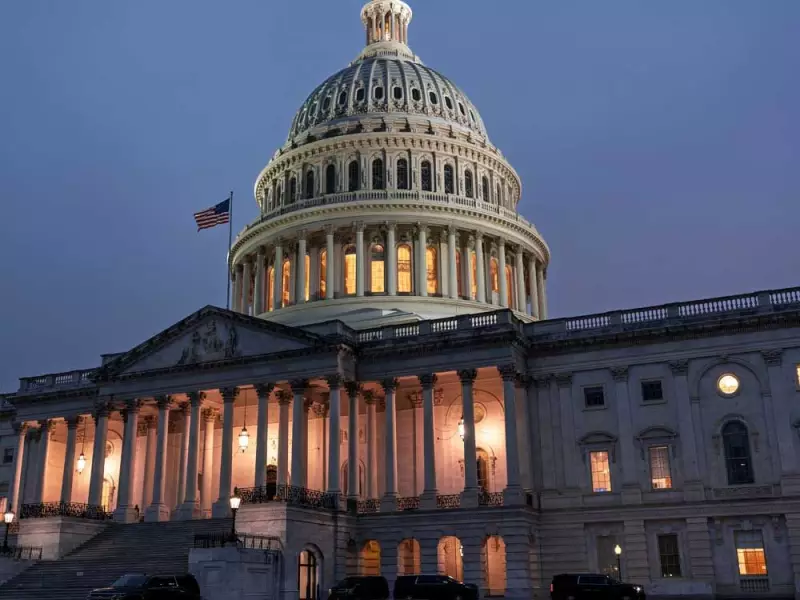
How much is your life worth? According to government bureaucrats, there's an exact dollar amount attached to your existence, and they use these calculations daily to make decisions that affect your safety and freedom.
The Cold Calculus of Government Regulations
Various government agencies employ a concept called the "value of a statistical life" (VSL) to determine whether safety and environmental regulations are "worth it." The Environmental Protection Agency currently values an American life at approximately $11.5 million, while other agencies use different figures ranging from $7 million to $10 million.
This isn't just theoretical paperwork—these numbers directly influence which regulations get implemented and which get rejected. If the estimated cost of saving one life exceeds the agency's predetermined value of a human life, the regulation typically doesn't pass.
The Real-World Impact of Statistical Lives
This bureaucratic number-crushing has tangible consequences. The EPA might reject a regulation that would cost $20 million per life saved while approving one that costs $8 million per life. The Department of Transportation makes similar calculations when deciding whether to mandate expensive new safety features in vehicles.
Former Office of Management and Budget official Susan Dudley explains the logic: "We have limited resources. If we spend all our money protecting against one risk, we won't have money left for other risks."
The Human Element Missing from Equations
While the economic reasoning might sound logical, this approach completely ignores individual circumstances and personal values. The system treats all lives as statistical abstractions rather than unique human beings with families, dreams, and irreplaceable qualities.
As one critic noted, this method reduces people to numbers on a spreadsheet, allowing bureaucrats to make life-and-death decisions without ever confronting the human reality behind their calculations.
When Bureaucratic Math Goes Wrong
The problems with this system become especially apparent when different agencies assign dramatically different values to human life. The inconsistency reveals the arbitrary nature of these calculations and raises serious ethical questions about who has the right to determine anyone's worth.
This approach also fails to account for how regulations might disproportionately affect certain groups or ignore the personal freedom costs of government mandates.
Rethinking How We Value Human Dignity
The fundamental question remains: Should any government agency have the authority to assign dollar values to human life? While resource constraints require some form of prioritization, the current system often feels cold, impersonal, and disconnected from the actual people it's supposed to protect.
As we move forward, perhaps we need to develop more humane approaches to regulatory decisions—methods that acknowledge both practical constraints and the inherent, immeasurable worth of every human being.





